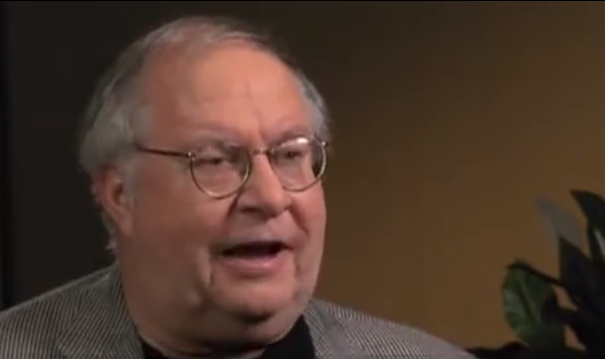Hedge Funds and Private Equity Managers Show a Growing Interest in ESG
| For Fórmate a Fondo | 0 Comentarios

Unigestion, a boutique asset manager with scale that focuses on guiding its clients with risk-managed investment solutions, has again surveyed the hedge fund and private equity managers it invests in to track their attitudes to ESG.
The survey showed that more hedge funds are considering the value of ESG, as last year 60% of hedge fund managers were ‘reluctant’ to consider ESG as part of their strategies, whilst this year only 53% of hedge fund managers were in the ‘no interest’ category1. 30% of hedge funds managers surveyed were actively incorporating ESG into their strategies.
Whilst there were a number of strategies represented in this sample, the clear leaders in ESG adoption were Arbitrage managers – 67% of which had an active ESG strategy. Tactical traders (including commodities, managed futures and global macro strategies) find it the most difficult to implement ESG into their investment processes because of the nature of the strategy
One of the managers surveyed, Winton Capital, explained that its approach to ESG encompasses broad initiatives such as sponsoring research prizes. In addition, its headquarters are a certified Low Carbon Workplace, one of only 8 in the UK.
Small and large firms also diverged in their approach to ESG. Whilst the survey showed that large firms are more likely to have in place a formal ESG policy than smaller firms, there are again exceptions. Arrowgrass Capital Partners has USD 5.9bn under management and has a strong ESG policy having partnered with an ESG data provider and a responsible investment consultant, and having its CEO and other members of the senior executive sitting on its ESG committee.
The survey also showed more hedge funds are becoming signatories to the PRI. Last year only 13% of hedge funds surveyed were signed up to the principles, whilst this year 20% had signed up.
As the practicalities of incorporating ESG into investment strategies is still a stumbling block for many managers, the PRI is spearheading a working group to create a standard ESG due diligence questionnaire for hedge funds.
Private equity managers are on the whole more advanced than their hedge fund counterparts in ESG adoption, and Unigestion has also seen a larger year on year improvement in this asset class. This year, 42% of private equity managers achieved ‘advanced’ or ‘leader’ status (up from 29% last year) and the proportion of ‘reluctant’ managers fell from 27% to 21%.
Eric Cockshutt, Responsible Investment Coordinator at Unigestion, said: “We are still seeing too many hedge fund and private equity managers dismissing ESG as a cost burden, incompatible with their strategies, or a mere marketing exercise. The experience of many managers however is that ESG adoption is both feasible and beneficial to clients and the company’s overall reputation for taking seriously its environmental and social responsibilities.
The survey’s results can be seen here.











